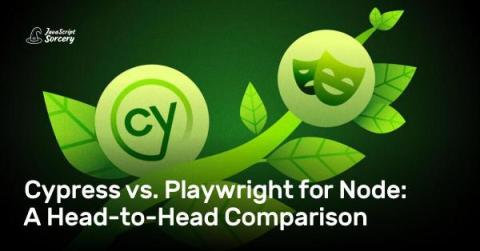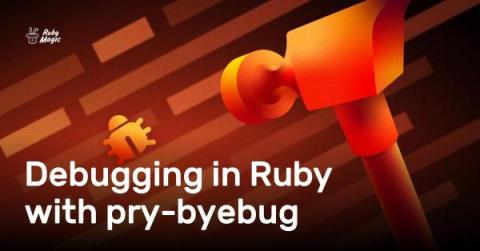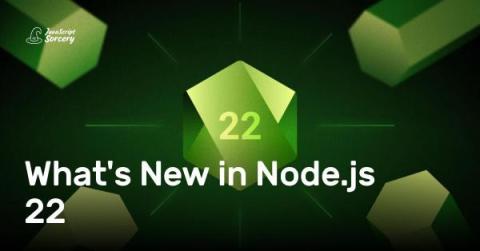Cypress vs. Playwright for Node: A Head-to-Head Comparison
It's essential to test web applications to ensure reliability, functionality, and a good user experience. That's why robust testing frameworks have become so important for web developers. Among the plethora of available tools, Cypress and Playwright have emerged as two of the most popular choices for automating end-to-end testing. In this Cypress versus Playwright comparison guide, we'll explore the strengths and weaknesses of the two tools, their features, and their differences. Cypress or Playwright?











